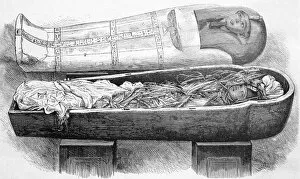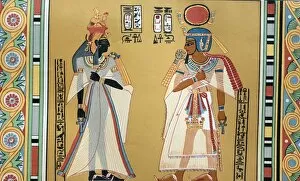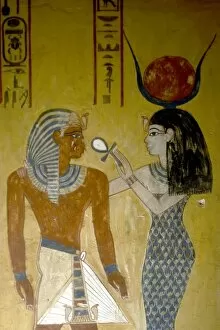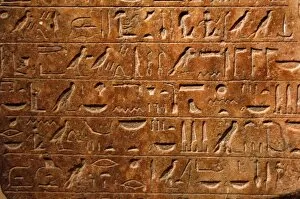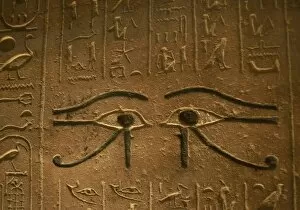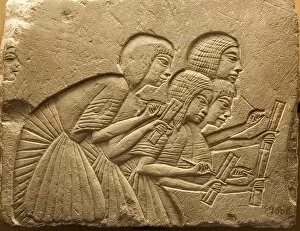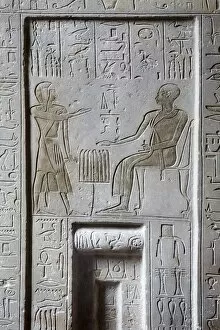18th Dynasty Collection (#19)
The 18th Dynasty of Ancient Egypt, which spanned from the 16th to the 13th century BC, was a period filled with remarkable art and historical figures
For sale as Licensed Images
Choose your image, Select your licence and Download the media
The 18th Dynasty of Ancient Egypt, which spanned from the 16th to the 13th century BC, was a period filled with remarkable art and historical figures. One such figure is Goddess Sekhmet, who was often depicted as a lioness-headed deity symbolizing power and protection. The Tomb of Tutankhamun in the Valley of the Kings, Luxor, Egypt, holds breathtaking wall paintings that showcase the opulence and beauty of this era. These intricate artworks provide us with a glimpse into the life and beliefs of ancient Egyptians. Tiy, an influential queen during this dynasty, is immortalized in a stunning painting by Winifred Mabel Brunton. The artist's portrayal captures Tiy's regal elegance and her significant role in Egyptian society. Another prominent queen from this time was Nefertiti. Brunton's artwork also brings Nefertiti to life through her skillful brushstrokes. This depiction showcases Nefertiti's renowned beauty and grace. Exploring further into Tutankhamun's tomb reveals an antechamber that takes us back in time to ancient Egypt. This view transports us to another world where pharaohs were laid to rest with treasures fit for royalty. A fragment of wall painting discovered in Thebes gives us insight into everyday life during this period. It depicts scenes of hunting and fishing activities enjoyed by nobles like Nebamun. Akhenaten stands out among other pharaohs due to his religious reforms centered around Aten worship instead of traditional polytheism. "Akhenaten and His Family" is another masterpiece by Brunton that portrays Akhenaten alongside his wife Queen Nefertiti and their children as they bask under Aten's divine rays. Ancient Egyptian fashion can be admired through headdresses adorned with precious jewels and intricately designed earrings worn by both men and women during this dynasty. Scarabs held great significance in Egyptian culture, symbolizing rebirth and protection.

